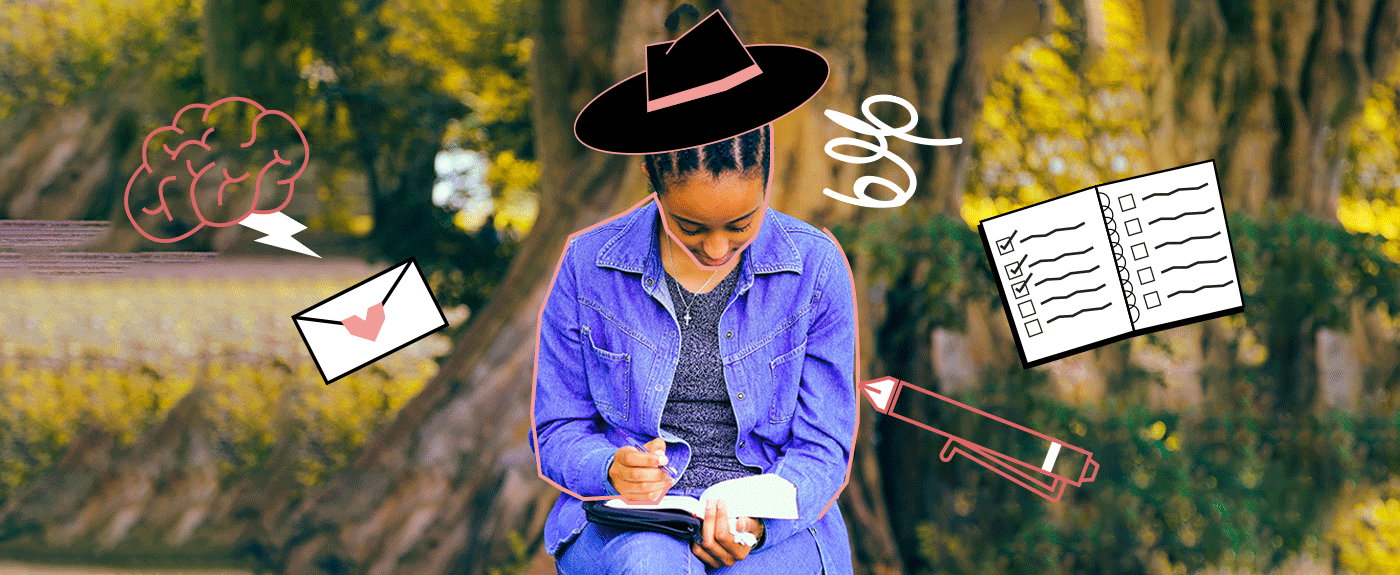The Disney Method
“Laughter is timeless, imagination has no age and dreams are forever.”
Walt Disney was born on the 5th of December 1901 in Hermosa, Chicago.
He overcame enormous challenges, both personal and professional, to realise his grand ambitions and build the Disney empire.
Today, many consider him one of the greatest creative minds ever to have lived.
Even more than 50 years after his death, his legacy endures in the joy that children worldwide experience watching his movies.
As all great creative minds inherently understand, their work is a series of problems to solve.
When Disney confronted a creative challenge, he would adopt three different perspectives to help him work through the problem.
He called them ‘The Dreamer’, ‘The Realist’, and ‘The Spoiler’.
The Dreamer
Let your imagination run wild without thinking about practical considerations.
Encourage yourself to come up with the most ambitious and innovative ideas you can.
Set no limits on where your imagination takes you.
‘The Dreamer’ outlook enabled Disney to set his creative mind completely free.
The Realist
This approach is the counterpoint to the above mindset.
Creative people have wild imaginations, and often their visions outpace what is currently possible.
They frequently overlook practical realities, such as cost and time, which all businesses need to consider.
‘The Realist’ was a point of view that encouraged Disney to bring his fantasies back down to earth by thinking about how he might make them a reality.
The Spoiler
Pose questions and attempt to identify weaknesses in your idea to uncover its flaws.
What isn’t working so well? What could be improved? How could the idea be made even better?
‘The Spoiler’ mindset enabled Disney to find the holes in his ideas and refine them by listening to the feedback and improving things step-by-step.
The three different ‘characters’ described above helped Disney to consider ideas from various perspectives.
We view the world through our own eyes and, as a consequence, overlook potential better alternatives.
It’s a similar method to Edward de Bono’s famous ‘Six Thinking Hats’ exercise.
These two great creative minds recognised this type of thinking as an invaluable exercise.
As Alan Kay said, “A shift in perspective is worth 80 IQ points.”






